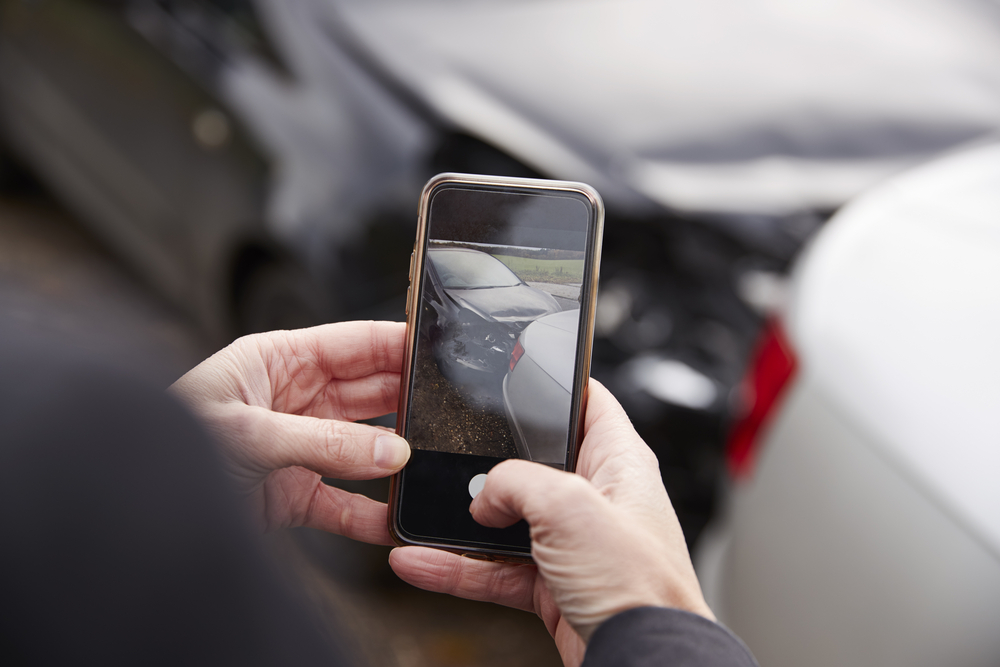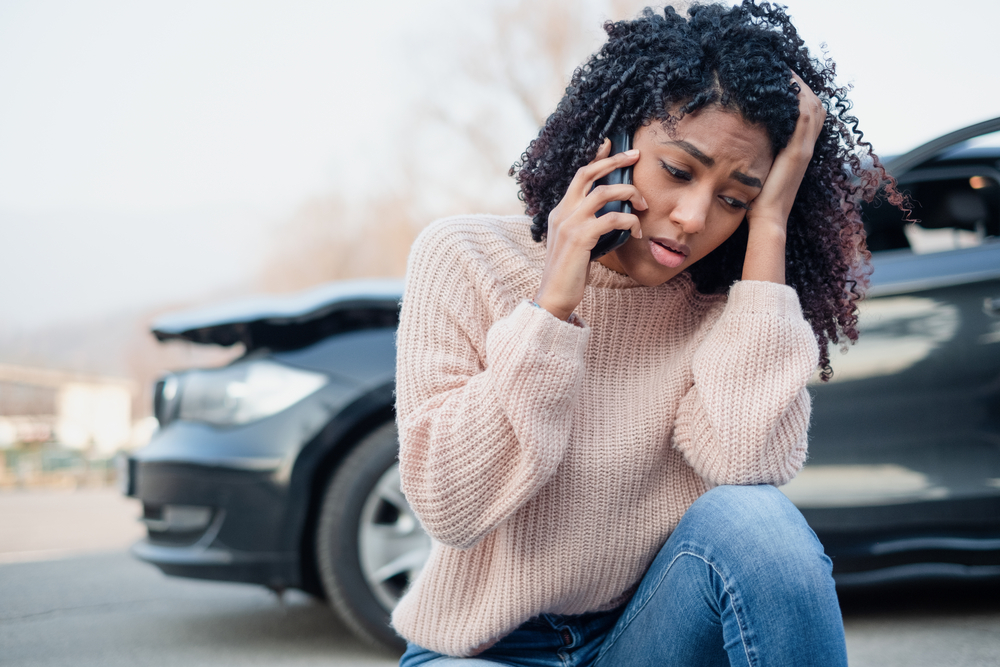Being involved in a car accident is a nightmare for most people. Not only is the situation highly stressful, but you may find yourself soon overwhelmed with all the things you have to do immediately afterwards. If you are involved in a collision, it is important to stay calm. This article will guide you through the crucial actions to take after a car accident so you can navigate the process successfully. Let’s get started.
Ensure Safety
The first and foremost priority after a car accident is to ensure the safety of all parties involved. Move your vehicle to a safe location, if possible, away from traffic. If it’s not safe to move the vehicles, turn on your hazard lights and set up flares or warning triangles to alert other drivers. Check yourself and others for injuries and, if necessary, call for medical assistance immediately. Remember, your safety and the safety of others is of utmost importance.
Contact Local Authorities
After ensuring safety, it is generally advisable to contact the local authorities, such as the police or highway patrol, to report the accident. They will arrive at the scene, assess the situation, and create an official report. This report is crucial for insurance claims and legal proceedings, providing an objective record of the accident. Cooperate with the authorities, provide them with accurate information, and follow their instructions.

Document Everything
While at the scene of the collision, it is also crucial to gather accurate information and document the accident for insurance purposes. Collect details from all parties involved, including names, contact information, license plate numbers, insurance information, and vehicle descriptions. You want to know the make, model, color and year of each vehicle. Additionally, if there are witnesses, obtain their contact information as well.
Use your smartphone or a camera to take photos of the accident scene from various angles, capturing the position of vehicles, road conditions, and any visible damage. Document any visible injuries as well. These records will serve as crucial evidence during the claims process.
Notify Your Insurance Company
Promptly contact your insurance company to report the accident. Provide them with accurate and detailed information about the incident, including the date, time, location, and a description of what happened. Be prepared to provide the information of the other parties involved and any witnesses. Follow the instructions given by your insurance company regarding the claims process. Document the date, time, and details of your conversation with the insurance representative for future reference.
Overview of the Claims Process
Once you have made your initial call, the claim proceeds as such:
- Claims Adjuster Assignment: Your insurance company will assign an adjuster once you have reported the incident. This individual is responsible for investigating your accident, assessing the damages, and determining how much will be covered by insurance.
- Accident Investigation: The claims adjuster then begins investigating. They may review the official report, pictures, video, and speak with the parties involved.
- Damage Assessment: Following the accident investigation, the claims adjuster assesses the damages to your vehicle. This may involve visiting a repair facility or requesting an estimate from a qualified body shop. They will consider the repair costs, the vehicle’s pre-accident value, and any applicable deductibles to determine the amount of compensation for repairs.
- Liability Determination: This determination affects the insurance coverage and potential compensation amounts. In some cases, liability may be shared among multiple parties.
- Settlement Negotiations and Agreement: Once the claims adjuster has gathered sufficient data, they then enter into negotiations for medical expenses, vehicle repairs, property damage, and more. Usually, there is much back and forth before settlement is achieved. Review the agreement carefully before signing. It is advisable to consult with an attorney, especially in complex cases, to ensure your rights are protected.
- Payment and Repairs: With the agreement signed, you may receive payment directly or be sent to a repair facility, depending upon the terms. You can then receive the repairs.
- Closing the Claim: Once the repairs are completed and all expenses have been accounted for, the claims process is finalized. The insurance company will close the claim and may request any necessary documentation or invoices to support the expenses incurred.
Notify the NJ Division of Motor Vehicles
In the state of New Jersey, it is mandatory to notify the New Jersey Division of Motor Vehicles (NJ DMV) within 10 days of an accident if it resulted in injury, death, or property damage exceeding $500. Visit the NJ DMV website or contact their office to understand the specific reporting requirements and submit the necessary documentation. Failure to report the accident within the designated timeframe may result in penalties or consequences.
Seek Medical Attention
Even if you were able to walk away from the accident, you should consider seeking medical attention. Whiplash and internal trauma are just a couple of injuries that do not manifest immediately. Consider receiving a medical evaluation as soon as you can. Explain that you were involved in a motor vehicle collision and would like to provide a detailed account of what happened, including any symptoms you may be experiencing.
For insurance purposes, it is best if you follow the recommended treatments outlined by the medical professionals tending to you. Be sure to also keep any medical reports and bills that you receive. Depending on the severity of the collision, you may need these documents for court.
Get Repairs at an NJ Body Shop
So your claim has begun, you have gotten your payment, and now you are ready to get your vehicle to the best body shop in NJ for repairs. Typically, when going through your insurance company, you will need to bring your vehicle in for an initial assessment of damages. Afterwards, you can seek insurance approval. Choose a repair shop that will work with your insurance company to obtain approval for the repairs, such as Elmer’s Auto Body.
The Repair Process After an Accident
Here is an overview of how a body shop handles your vehicle’s repairs post-collision:
- Disassembly and More Inspection: Once the repair process begins, the damaged areas of your vehicle may need to be disassembled to assess the full extent of the damage. This allows the technicians to identify any underlying issues that may not be immediately visible. They will update the estimate if necessary and communicate any additional repairs required to both you and the insurance company.
- Receipt of OEM Parts: Should anything need to be replaced, the auto body shop will order them directly from the manufacturer or authorized supplier. At Elmer’s Auto Body, we ensure that only genuine parts are used.
- Structural Repairs: If the accident caused structural damage to your vehicle, specialized equipment and techniques will be used to restore its structural integrity, including realignment or re-straightening of the frame.
- Body Repair and Painting: The damaged body panels will be repaired or replaced to restore the exterior appearance of your vehicle. The technicians will use techniques such as dent removal, panel replacement, and body filler application to smooth out imperfections. Afterward, the repaired areas will be prepped, primed, and painted to match the original color of your vehicle.
- Mechanical and Electrical Repairs: This may include repairing the engine, suspension, brakes, or addressing any issues with the vehicle’s electrical system.
- Reassembly and Quick Checks: Once repairs are complete, the technician will go through quality checks to make sure that the vehicle is functional and meets industry standards.
- Retrieval: Once the repairs and detailing are finished, the repair shop will notify you that your vehicle is ready for pickup. Take the time to inspect the repairs and ensure your satisfaction. If any concerns arise, discuss them with the repair shop, and they should address them promptly.
How Long Does This Process Take?
Knowing what to do after a car accident is only part of the process. Estimating how long it will take is another factor to keep in mind. Unfortunately, there is no way to approximate the timeframe, as the duration will change depending on your circumstances.
Generally, however, reporting the accident and opening a claim only takes a few hours or days after the accident. As soon as that is in, the initial assessment will occur in a few days or up to a week after. Depending on the severity of the damages to your vehicle, the repairs may take several weeks. Additionally, external factors like the workload of the repair shop and the need for specialized services can impact the timeline.
Once the repairs are completed, the repair shop will provide an invoice to the insurance company for payment. The payment processing and closing of the claim can take anywhere from a few days to a couple of weeks, depending on the efficiency of the insurance company’s internal processes.
Looking For an NJ Body Shop For Collision Repair?
Knowing what to do after a car accident is crucial for a smooth recovery process. When it comes to collision repairs in New Jersey, Elmer’s Auto Body stands out as the epitome of excellence. With our unwavering commitment to exceptional service, expert craftsmanship, and customer satisfaction, our team has earned the reputation as the best body shop in NJ.
Rest assured that by following the right procedures and choosing a trusted establishment like Elmer’s Auto Body, you can navigate the aftermath of a car accident with confidence and have your vehicle restored to its pre-accident condition. Give us a call today to schedule your assessment or repair or fill out the contact form.

